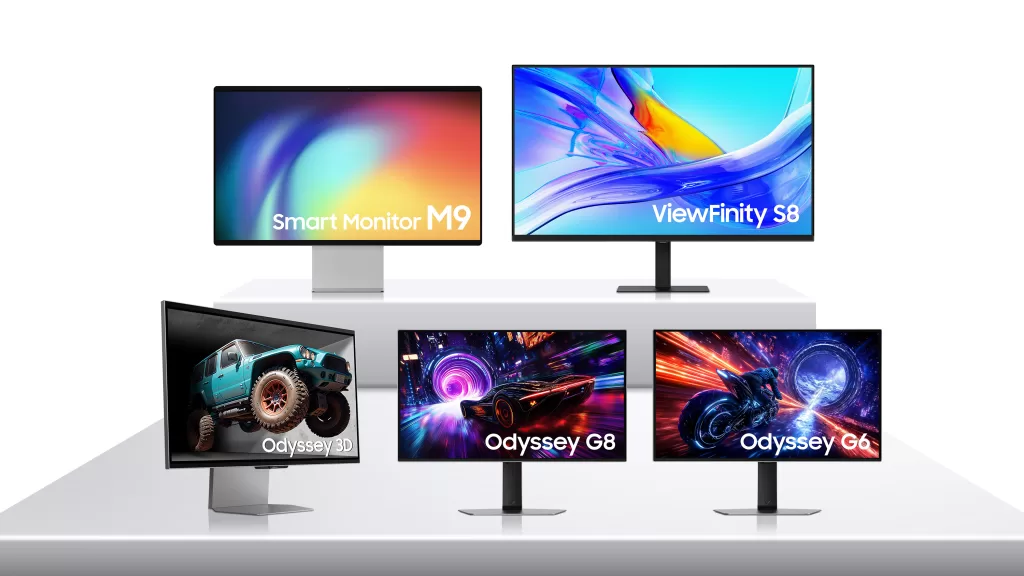
Samsung has kicked off its new year festivities with the announcement of five new monitors. The monitors will be on display at the CES 2025 next week but Samsung has released more details before the first showcase at the trade show.
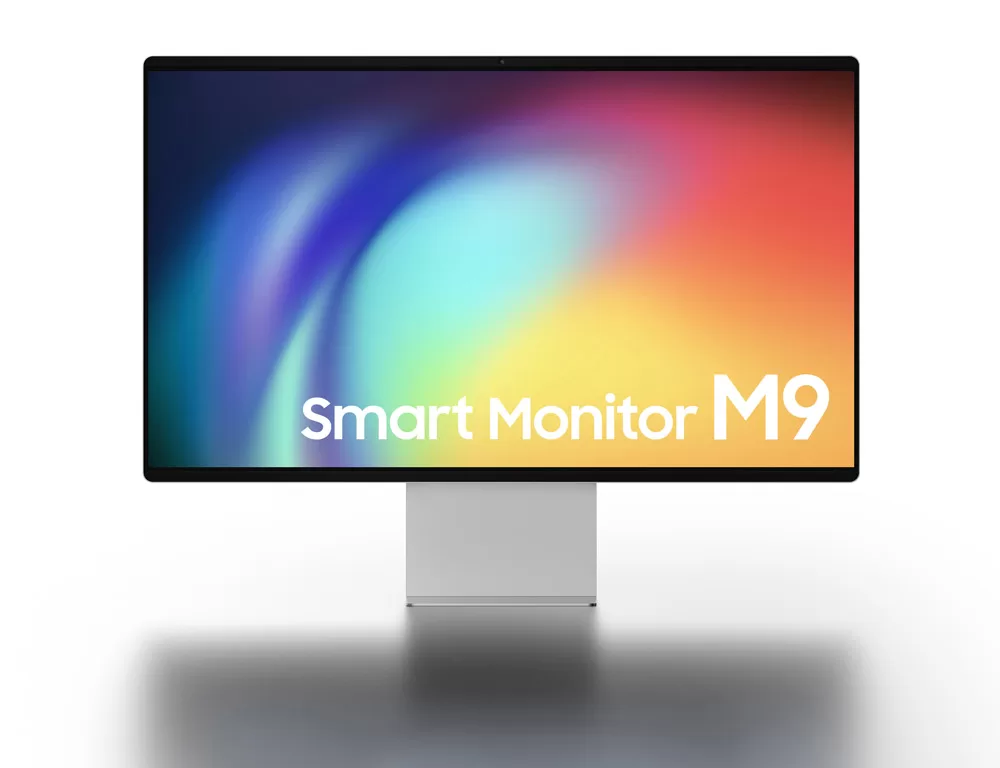
Leading the 2025 lineup is the Smart Monitor M9 (M90SF) that comes with a 32-inch 4K OLED panel with a 165Hz refresh rate. The smart monitor is powered by the Tizen OS, which means you get access to a number of entertainment apps, Samsung Gaming Hub support, a 4K integrated camera and is VESA DisplayHDR True Black 400 certified.
Samsung says this is the first monitor to integrate on-device AI and comes with features like AI Picture Optimizer and 4K AI Upscaling Pro. The AI Picture Optimizer works when connected to a PC and analyzes input signals depending on gaming, video or productivity apps and automatically adjust the display settings while the 4K AI Upscaling Pro improves the low-resolution picture quality to up to 4K.
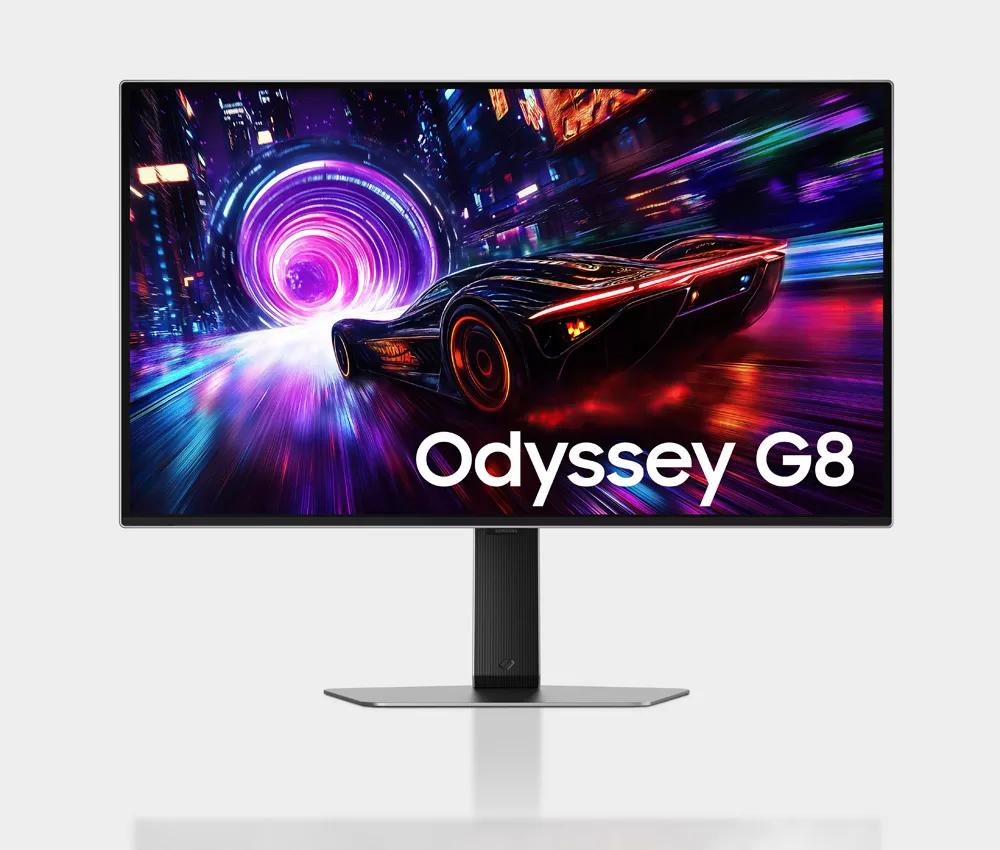
The next two monitors are Odyssey OLED G8 (G81SF) and Odyssey OLED G6 (G60SF). The Odyssey OLED G8 (G81SF) claims the title of being the world’s first 27-inch OLED monitor to support 4K resolution, giving a crisp 165 pixels-per-inch and a 240Hz refresh rate for butter smooth gaming. The Odyssey OLED G6 (G60SF), on the other hand, takes the cake of being the first-ever OLED monitor with a 500Hz refresh rate and QHD resolution support.
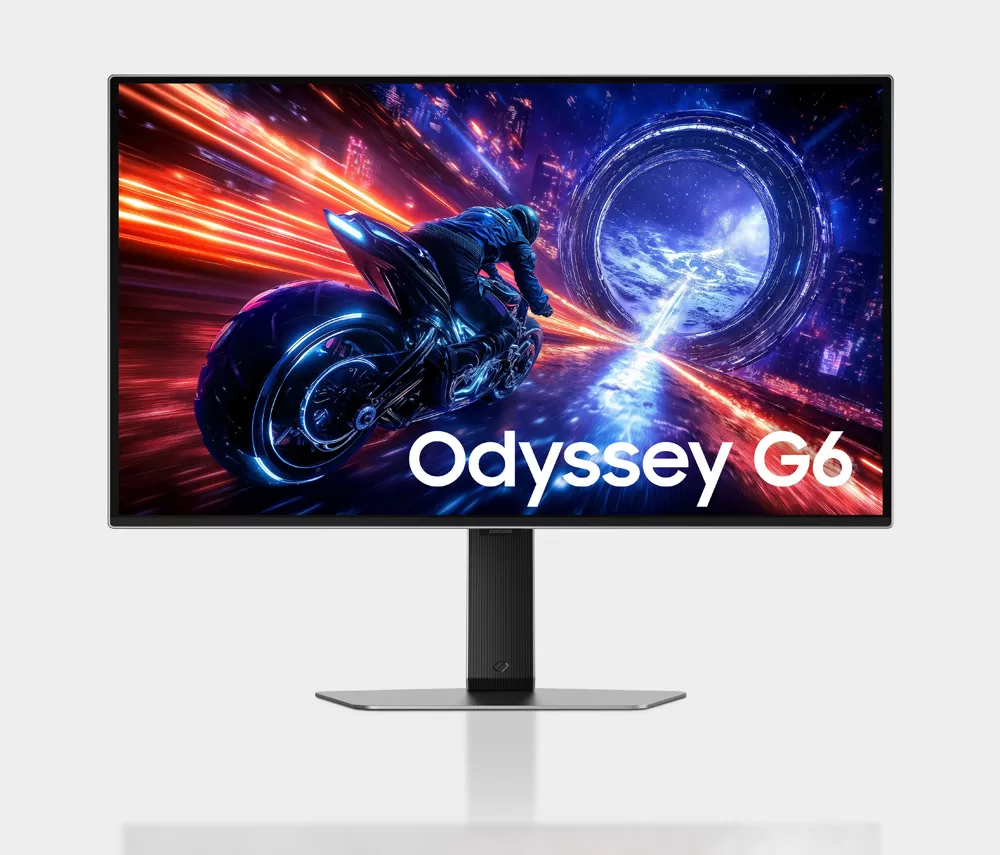
Both monitors have a response time of 0.03ms (GTG), AMD FreeSync Premium Pro and NVIDIA G-Sync compatible, VESA DisplayHDR True Black 400 and OLED Glare Free panel.
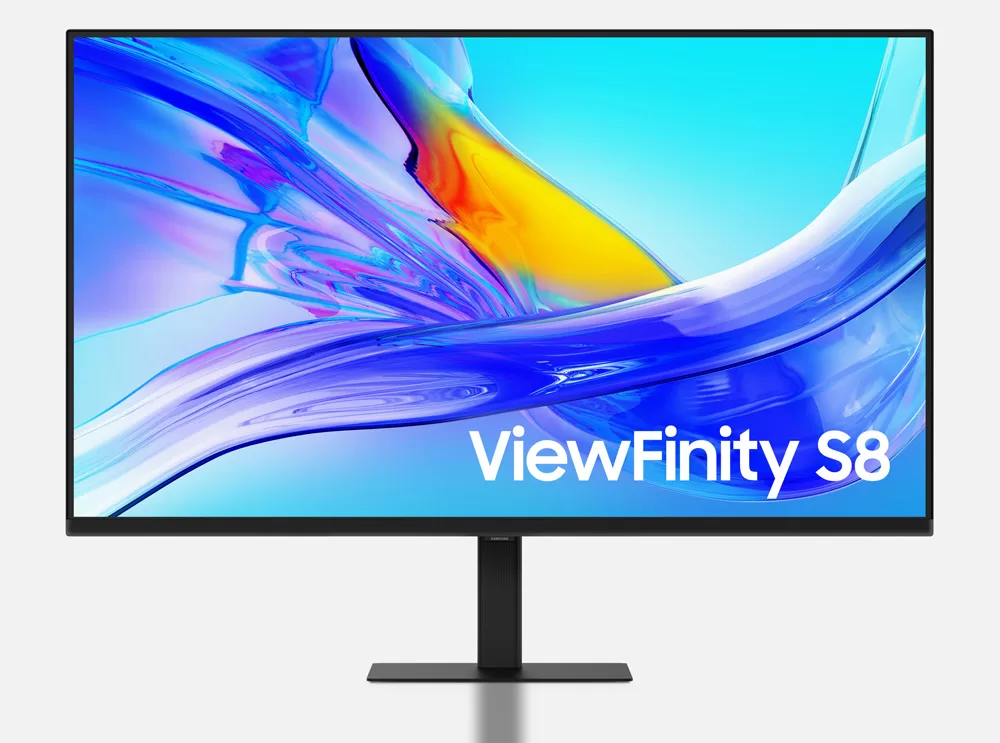
Next up is the 2025 ViewFinity S8 (S80UD). The monitor has a 37-inch screen and is the largest 16:9 monitor. The 4K monitor brings 99% sRGB color gamut, 90W USB-C connection, built-in KVM switch and is certified by TÜV Rheinland with Ergonomic Workspace Display for its ergonomic design and Intelligent Eye Care to reduce eye fatigue.
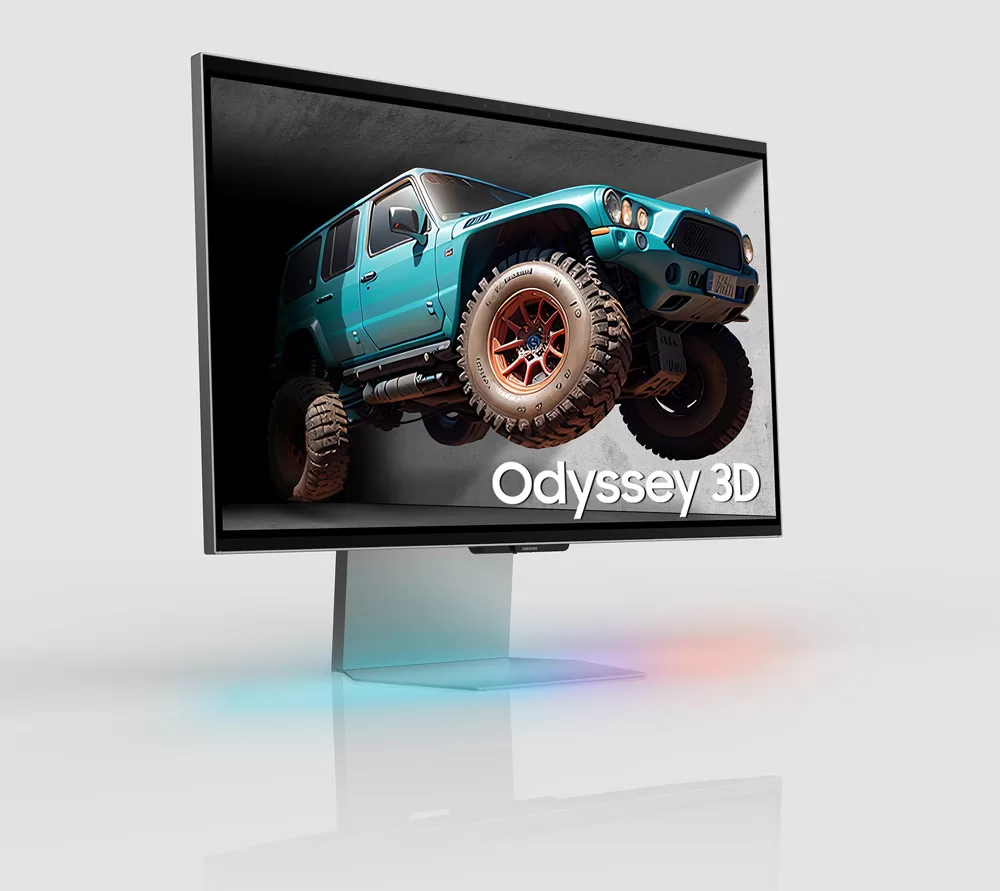
The final monitor is the most interesting one but with the least available details. The 27-inch Odyssey 3D (G90XF) is a glasses-free 3D monitor that delivers 3D audio-video content with the lenticular lens attached to the front of the panel and its front stereo camera. It also has the capability of converting 2D content into 3D.
Leave a Reply